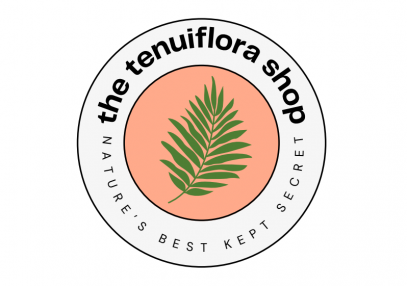Natural dyeing is enjoying a major revival as more artists and creators seek sustainable, plant-based alternatives to synthetic dyes. At the heart of this movement is indigo dyeing, a centuries-old practice that brings out deep, vibrant blues using natural fermentation methods. But what might surprise many dyeing enthusiasts is the emerging support role of MHRB powder—a powerful, natural botanical traditionally known for its healing properties, now gaining quiet attention in the world of natural color.

What is Indigo Dyeing?
Indigo dyeing involves extracting pigment from plants like Indigofera tinctoria, which contain indican—a precursor that oxidizes to produce the famous blue hue. The traditional process is both art and science: it includes creating a dye vat, maintaining anaerobic conditions, and mastering oxidation through exposure to air. The result is a stunning range of blues, from soft sky tones to deep oceanic indigos.
This ancient dyeing technique has roots in Africa, Asia, and Latin America, and remains an essential part of cultural textile traditions to this day. It’s eco-friendly, non-toxic, and produces complex colors that synthetic dyes just can’t replicate.
Where MHRB Powder Comes In
You might be wondering: what does MHRB powder (short for Mimosa Hostilis Root Bark powder) have to do with indigo dyeing?
Primarily, MHRB powder has been recognized for its tannin-rich properties, making it incredibly useful as a natural mordant or a dye adjunct. Mordants are substances that help bind dye to fabric, enhancing vibrancy and longevity. While MHRB isn’t a traditional mordant like alum or iron, its high tannin content can assist in creating richer colors and improving dye adherence on natural fibers.
Dyeing with Indigo and MHRB Powder: A Synergistic Blend
In experimental dye baths, artisans have found that incorporating MHRB powder during the pre-mordanting stage can prep fabrics with natural tannins, improving how indigo bonds to materials like cotton, linen, and silk. It may also lend a subtle earthy undertone that enriches the final hue.
Additionally, using MHRB powder in combination with other tannin-rich botanicals creates a layered color foundation that adds visual depth. Some dye crafters even use MHRB after indigo to introduce natural reddish-brown hues in a layered or resist dyeing technique, resulting in stunning multi-tonal textiles.
Benefits of Using MHRB Powder in Natural Dyeing
- Natural tannins: Help prepare and condition fabric to absorb indigo more effectively.
- Non-toxic and eco-friendly: A great alternative to chemical mordants for conscious crafters.
- Antimicrobial properties: Useful in maintaining clean dye vats and avoiding unwanted bacteria growth.
- Earthy undertones: Adds natural warmth and complexity to cool indigo colors.
How to Use MHRB Powder in Your Indigo Dyeing Process
- Pre-mordanting: Simmer fabric in a solution of MHRB powder and water (around 10g powder per 100g fabric) for 1 hour. Rinse and let dry before dipping into the indigo vat.
- Post-dye treatment: After the final indigo bath, soak the fabric in a light MHRB solution to create layered hues or fix color.
- Blended dye baths: For experimental effects, try mixing small amounts of MHRB powder with other plant dyes or even adding a spoonful directly into the indigo vat. (Just test in small batches first!)
Always wear gloves and conduct tests on scrap fabric to understand how MHRB powder interacts with your specific materials.
Where to Buy MHRB Powder for Dyeing
For those looking to experiment with MHRB in their dyeing practice, sourcing high-quality powder is crucial. Many products on the market are adulterated or poorly processed, resulting in weak performance. We recommend sourcing your MHRB powder from Tenuiflora Shop, where you’ll find ethically sourced, lab-tested, and finely ground bark powder perfect for dye and botanical use.
A Word on Ethical Sourcing
When using plant materials like MHRB powder, sustainability matters. The Mimosa hostilis tree is native to regions of Mexico and Brazil, and overharvesting can put strain on local ecosystems. Make sure your supplier follows sustainable harvesting practices and contributes positively to local communities.
If you’re curious to learn more about the traditional and botanical significance of Mimosa hostilis, this article from the Journal of Ethnopharmacology provides an excellent, research-backed overview.
Final Thoughts
Blending ancient dye techniques with thoughtful experimentation leads to beautiful results—and MHRB powder brings something truly special to the mix. While indigo continues to captivate with its rich, transformative color, pairing it with MHRB powder can deepen the connection between fabric, plant, and craft.
Whether you’re a hobbyist or professional dyer, adding MHRB to your practice is a unique way to expand your natural dyeing repertoire. Want to explore this botanical yourself? Shop here and discover how MHRB powder can transform your next creation.
Tagged: natural dyeing, indigo, MHRB powder, fabric art, sustainable textiles, plant dye techniques
